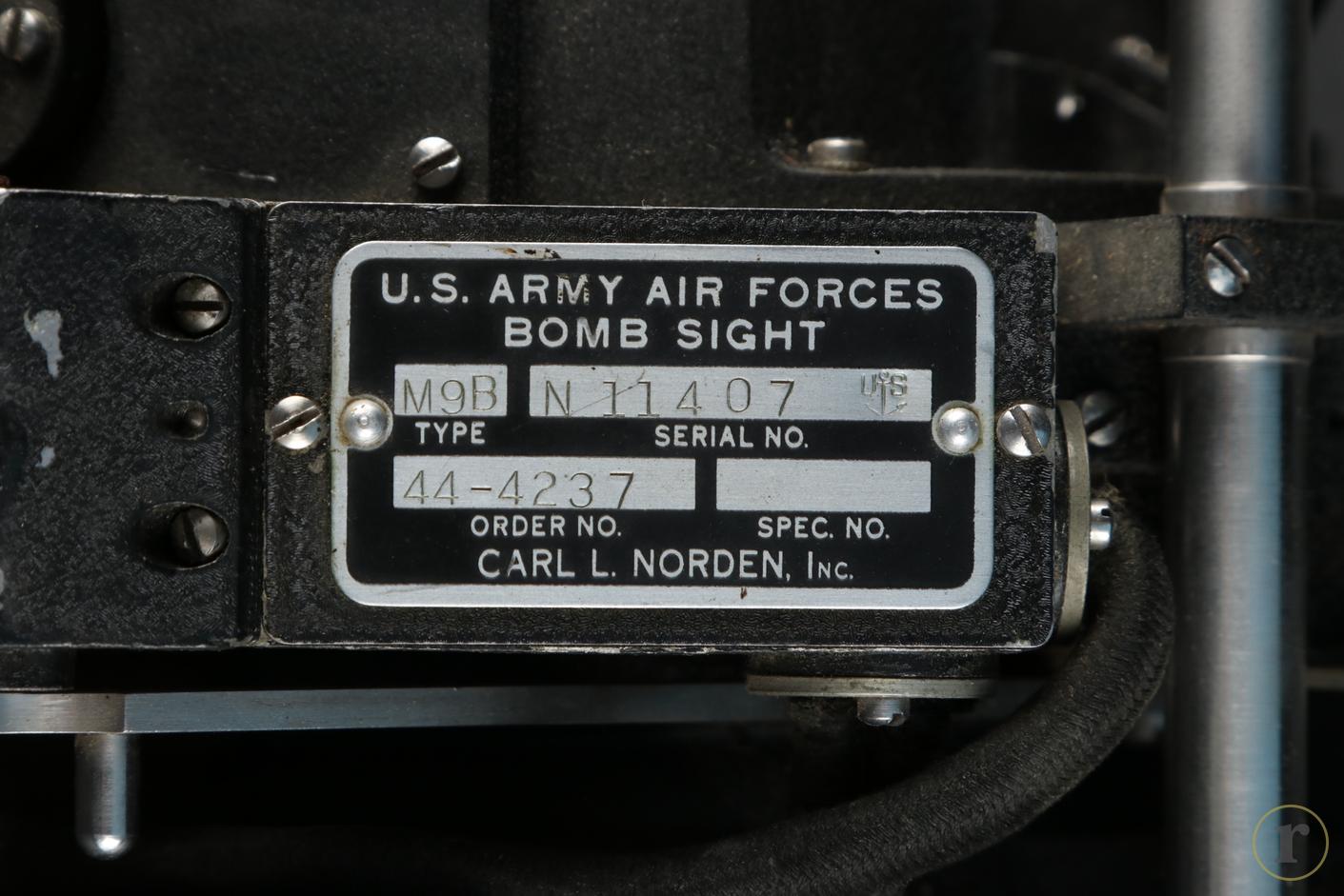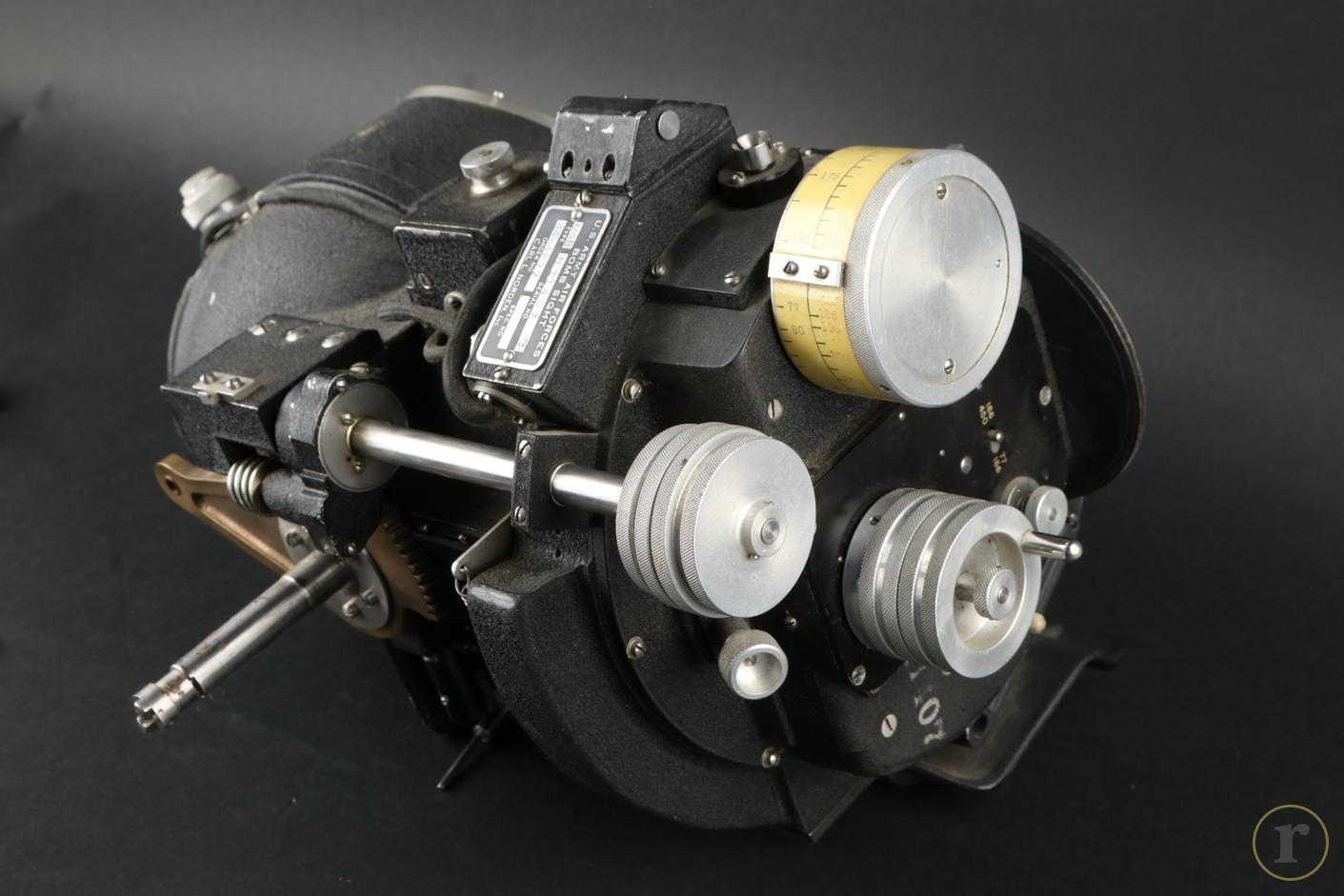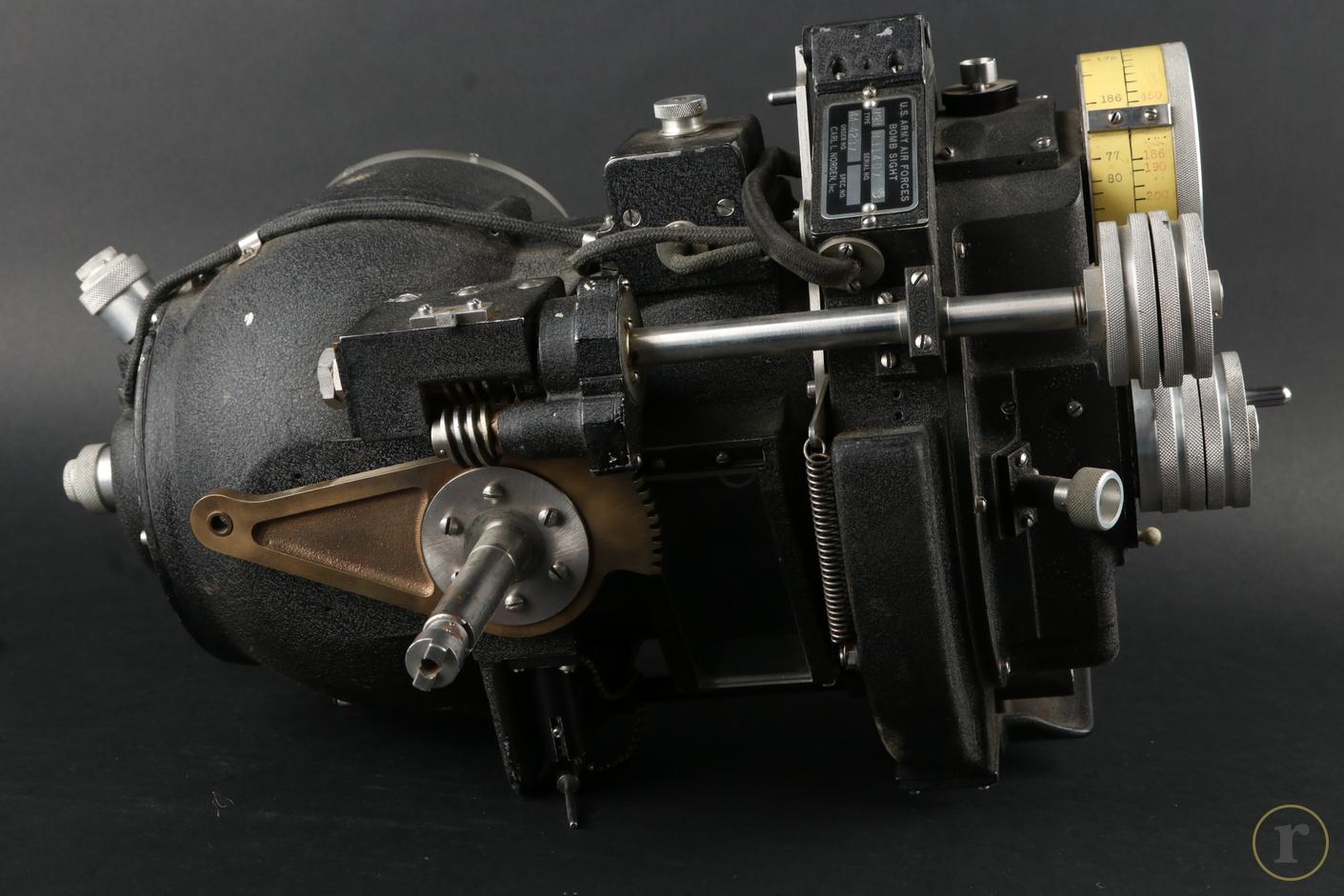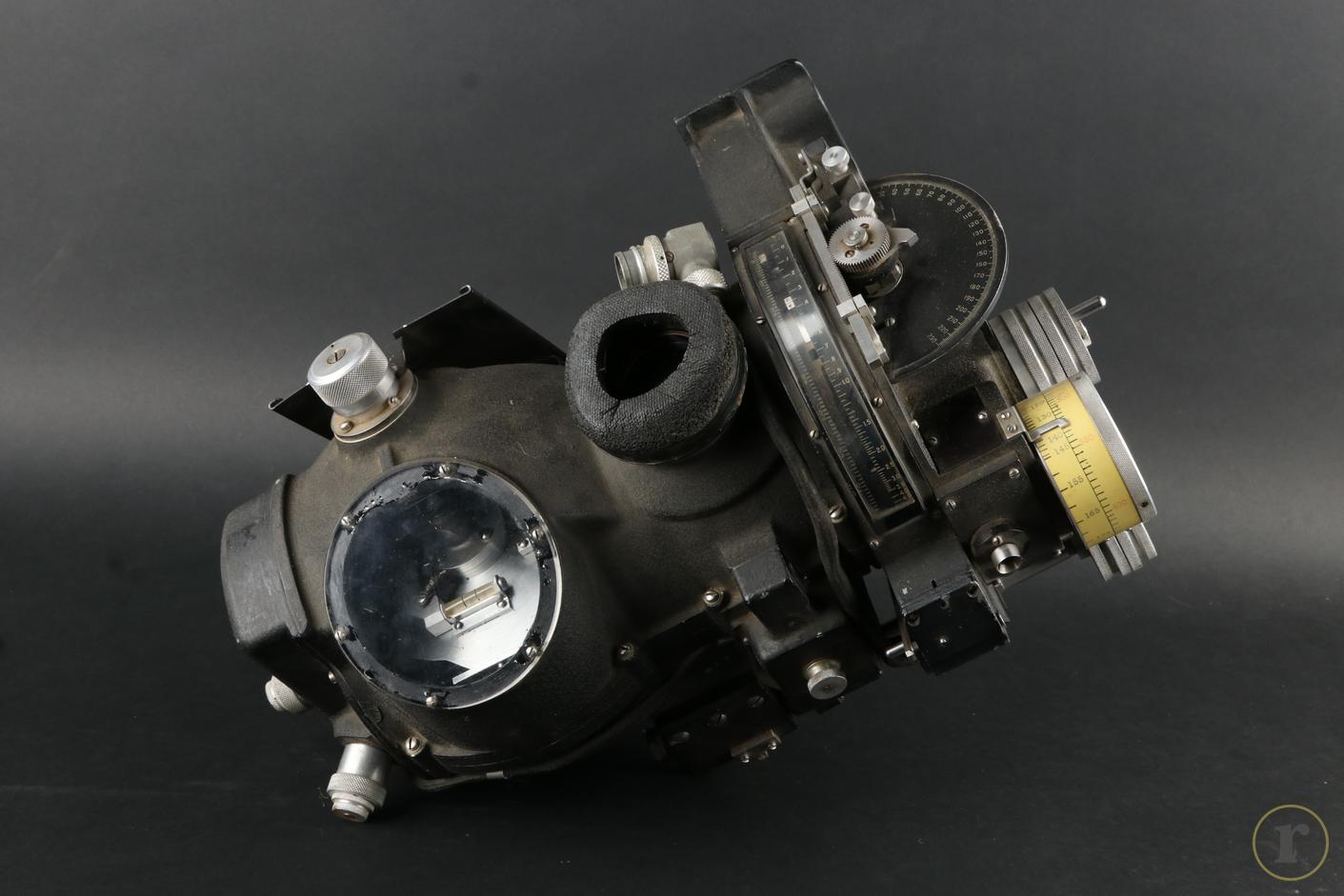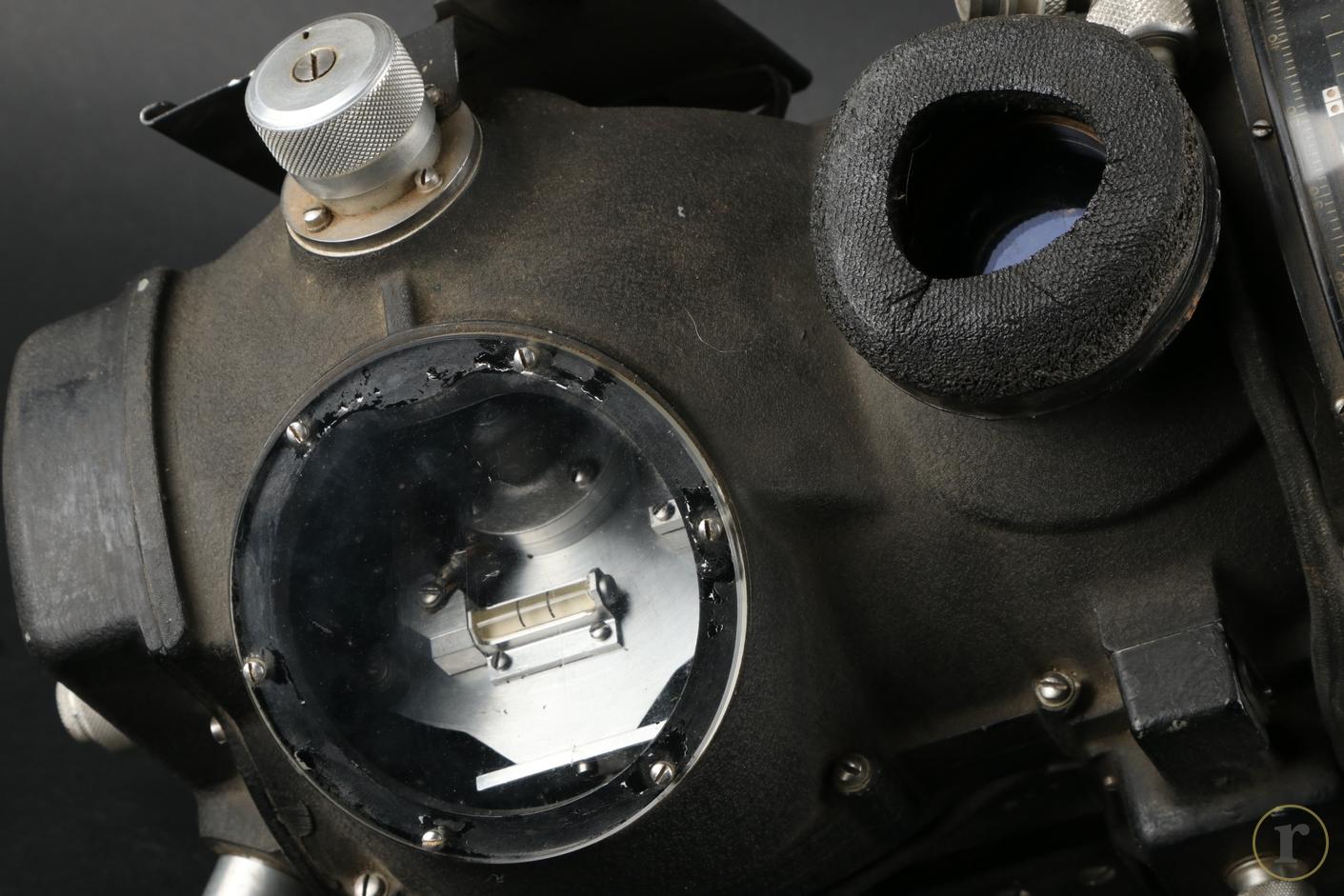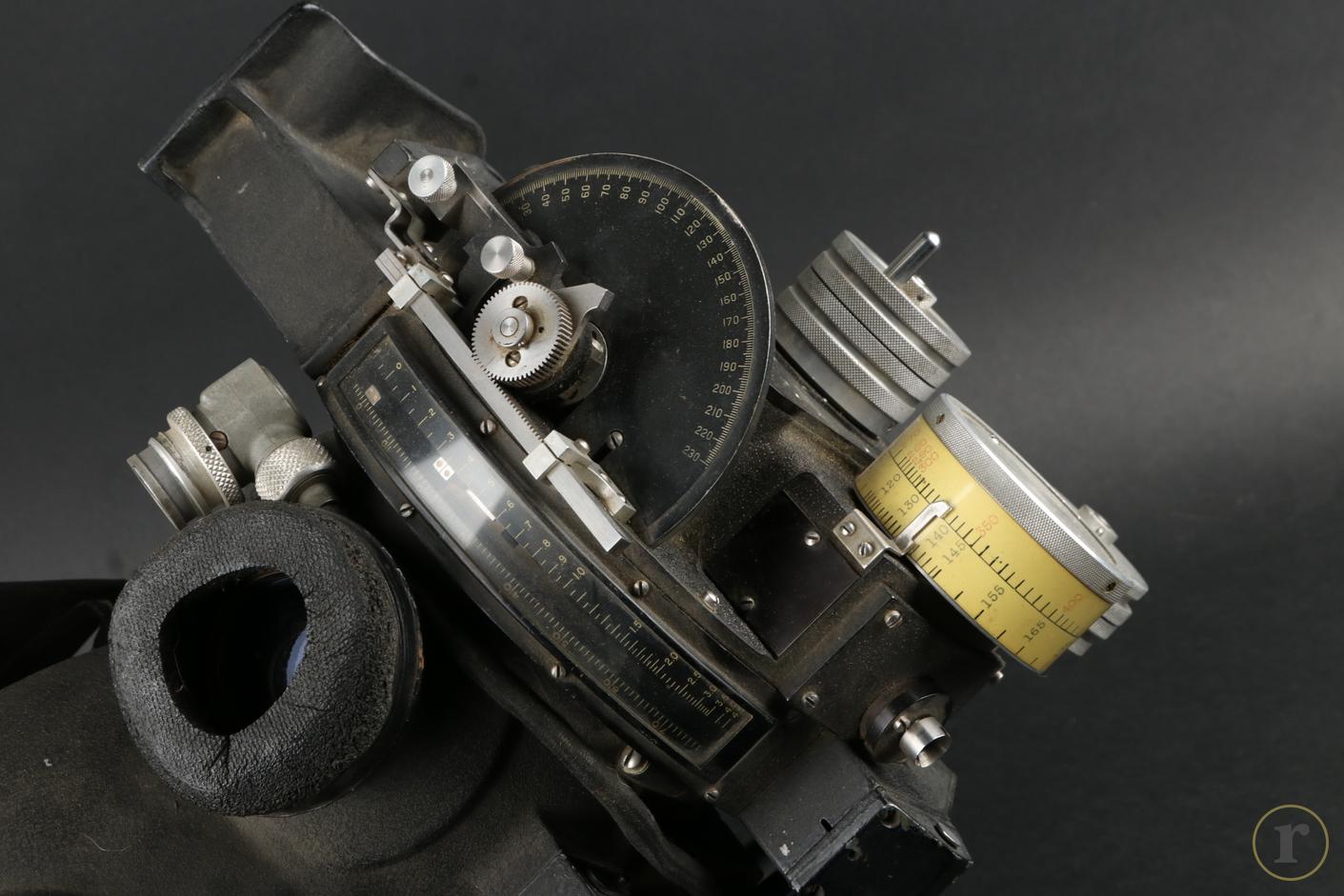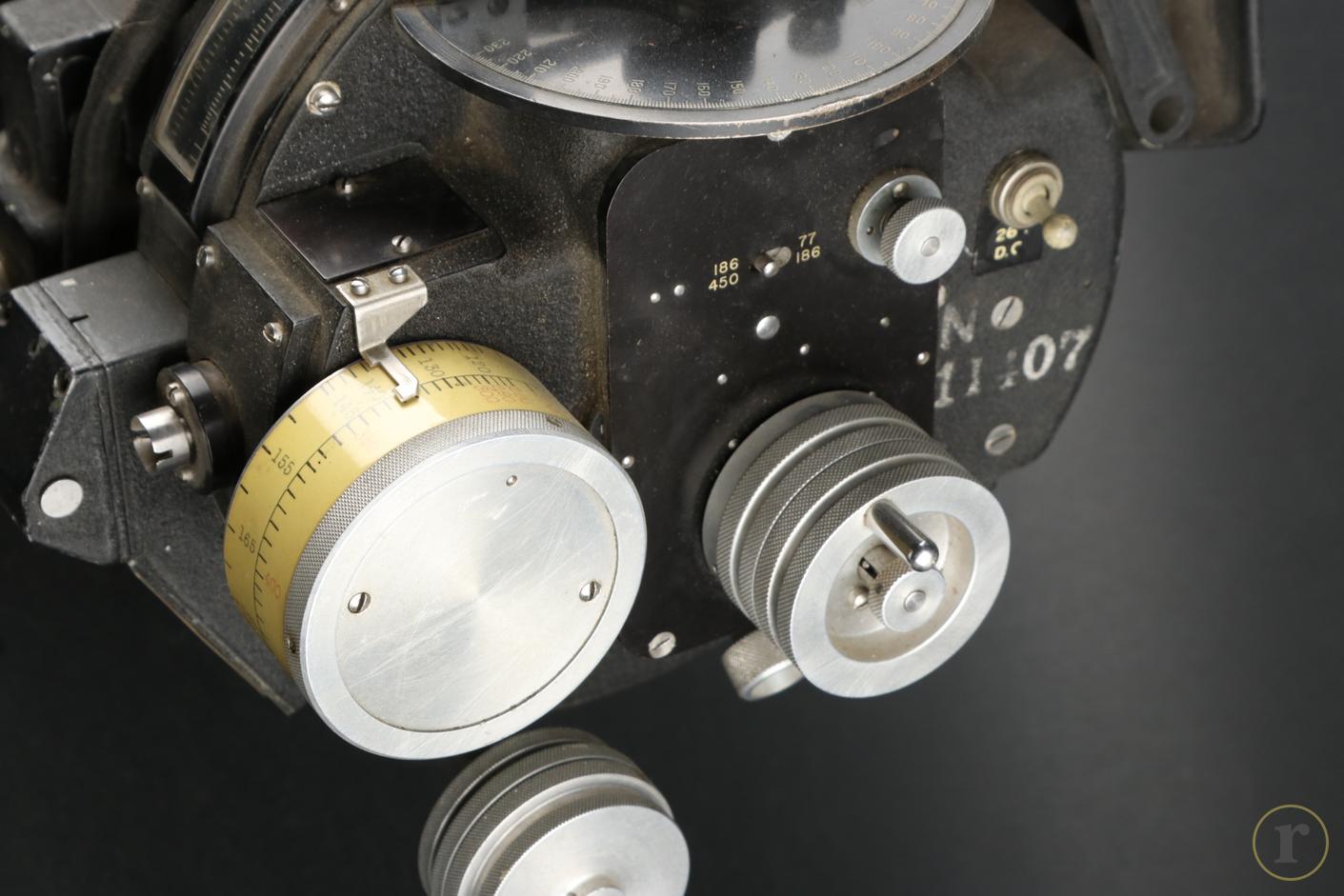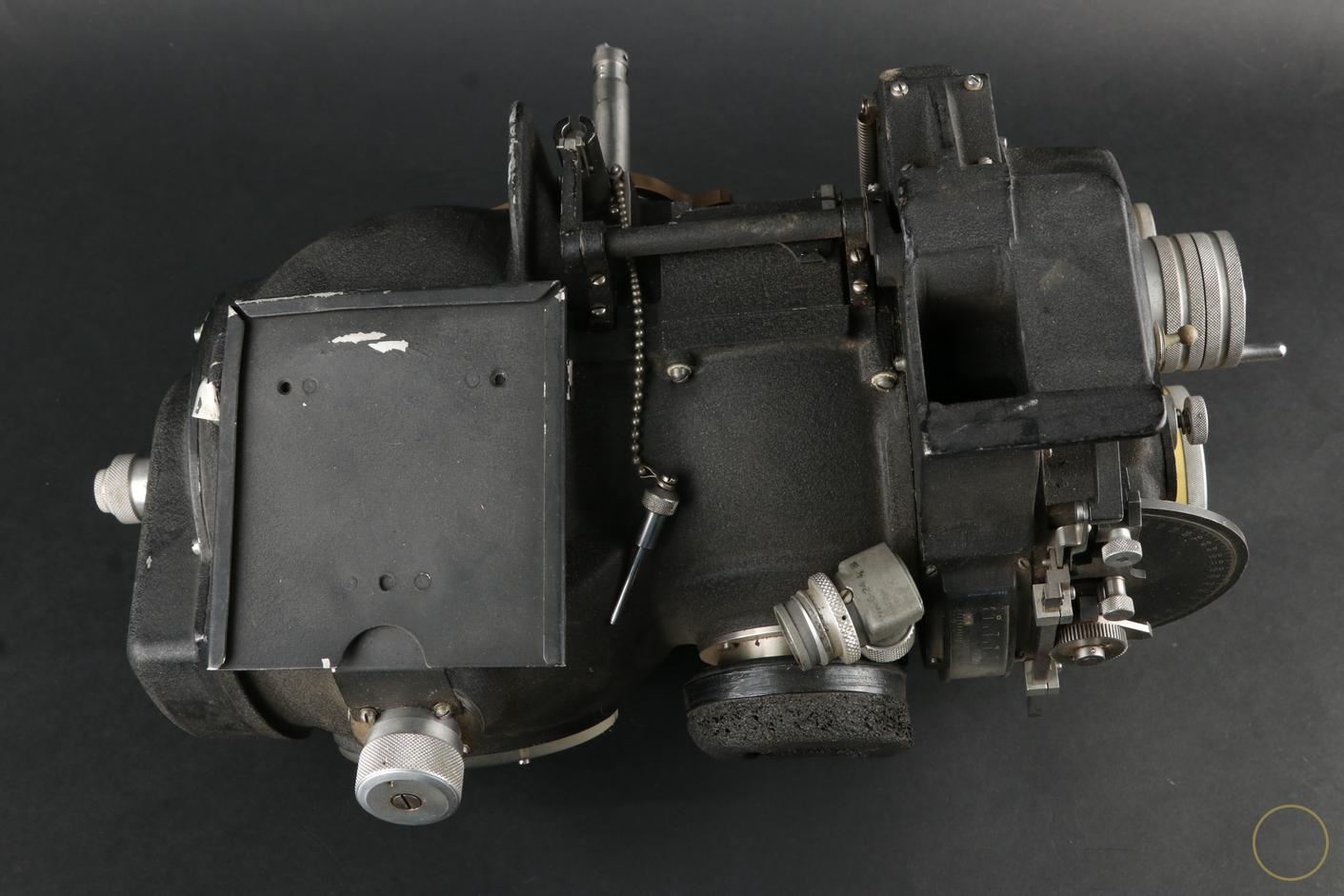7th USA auction
Die Auktion mit 1092 Losen endete am 15. September 2024. 60% aller Lose wurden verkauft
-
Bezahlung
-
WIE KANN ICH FÜR MEINE BESTELLUNG BEZAHLEN?
AUKTIONAlle erfolgreichen Gebote werden automatisch zu einer einzigen Bestellung zusammengefasst. Für diese können Sie uns nach Auktionsende in Ihrem persönlichen Kundenkonto Ihre bevorzugte Bezahl- und Versandart oder eine alternative Lieferadresse mitteilen.
Wenn wir diese freiwilligen Angaben nicht von Ihnen erhalten melden wir uns automatisch im Laufe des Montags nach Auktionsende mit einer Zahlungsanweisung per Email. Basierend auf Erfahrungswerten schlagen wir Ihnen die bequemste Bezahlmehtode und die günstigste Versandart vor. Sie möchten Ihre Bezahl- und Versandart ändern oder eine alternative Lieferadresse angeben? Kein Problem! Besuchen Sie Kundenkonto/BESTELLUNGEN oder kontaktieren Sie uns per Email.
BESTELLUNGEN IM ONLINESHOPWählen Sie während der Bestellung Ihre bevorzugte Bezahl- und Versandart und schicken Sie diese ab. Sie erhalten Ihre Zahlungsanweisung spätestens am darauffolgenden Tag per Email. Die Zahlungsfrist beträgt sieben Tage. Sie planen eine Bestellung per Ratenzahlung zu begleichen? Bitte sprechen Sie uns gerne vor Ihrer Bestellung darauf an.
Für mehr Informationen zu Bezahlung und Versand, besuchen Sie unsere Häufigen Fragen.
WIR AKZEPTIEREN FOLGENDE BEZAHLARTEN
-
-
Versand
-
IHRE BESTELLUNG IN DEN BESTEN HÄNDEN
VERPACKUNG & SENDUNGSVERFOLGUNGNach Zahlungseingang versenden wir Ihre Bestellung für gewöhnlich am darauffolgenden Werktag. Wir bestätigen den Eingang Ihrer Zahlung per Email und informieren Sie zur Versandvorbereitung. Nach Abholung der Sendung durch unsere Versanddienstleister teilen wir Ihnen die Sendungsnummer per Email mit. Den Status Ihrer Sendung können Sie auch jederzeit unter Kundenkonto/BESTELLUNGEN einsehen. Ihre Rechnung geht Ihnen automatisch am Tag des Versands zu.
VERSAND ZU EINER ALTERNATIVEN ADRESSEBevorzugen Sie für eine Bestellung einen Versand zu Ihrer Arbeitsstelle? Sie sind im Urlaub und wünschen den Versand zu einer Packstation oder einem Freund? Kein Problem! Diese Änderungen können Sie jederzeit unter Kundenkonto/BESTELLUNGEN vornehmen. Alternativ können Sie natürlich jederzeit auch per Email informieren.
UNSERE PARTNER FÜR DEN VERSAND
-
-
Garantie
-
 GARANTIE!
GARANTIE!Alle angebotenen Artikel werden von unseren Experten akribisch auf deren Echtheit geprüft und detailiert beschrieben. Wir bieten ausschließen zeitgenössiche Originale an. Etwa 15% aller Kundeneinlieferungen ensprechen unseren Anforderungen nicht und werden retourniert.
Gekauft wie gesehen? Nicht bei uns. Im Gegensatz zu traditionellen Auktionshäusern bieten wir volles Rückgaberecht of Originalität an. Sollten Sie mit Ihrer Bestellung nicht zufrieden sein, können Sie die Bestellung innerhalb 14 Tagen widerrufen. Bitte kontaktieren Sie uns vor dem Rückversand. Für mehr Einzelheiten besuchen Sie bitte unsere häufigen Fragen.
In eigener Sache: Bieten Sie nur auf Lose, die Sie auch erwerben möchten. Bitte vermeiden Sie Gebote nach Auktionende zu stornieren. Sollten Sie ein fehlerhaftes Gebot abgegeben haben, informieren Sie uns bitte umgehend. Wir löschen Ihre Gebote gerne bis 24 Stunden vor Ende der Auktion.
-
Land Vereinigte Staaten von Amerika 1918 - 1945
Maße
Gewicht
 US Los US7-0379
US Los US7-0379EAN 3000000049846
 US Los US7-0379
US Los US7-0379Epoche 1918 — 1945
Land Vereinigte Staaten von Amerika 1918 - 1945
Material
Maße
Hersteller
Gewicht
Land Vereinigte Staaten von Amerika 1918 - 1945
 US Los US7-0379
US Los US7-0379Maße
EAN 3000000049846
Hersteller
Gewicht
Vereinigte Staaten von Amerika 1918 - 1945
U.S. Army Air Forces Bomb SIght - M9B
Beschreibung
A type M9B Norden Bomb Sight from WWII. One of the most precious gear of the US Army. In great condition, untested.
The Norden Mk. XV, known as the Norden M series in U.S. Army service, is a bombsight that was used by the United States Army Air Forces (USAAF) and the United States Navy during World War II, and the United States Air Force in the Korean and the Vietnam Wars. It was an early tachometric design, which combined optics, a mechanical computer, and an autopilot for the first time to not merely identify a target but fly the airplane to it. The bombsight directly measured the aircraft's ground speed and direction, which older types could only estimate with lengthy manual procedures. The Norden further improved on older designs by using an analog computer that continuously recalculated the bomb's impact point based on changing flight conditions, and an autopilot that reacted quickly and accurately to changes in the wind or other effects.
Together, these features promised unprecedented accuracy for daytime bombing from high altitudes. During prewar testing the Norden demonstrated a 150 feet (46 m) circular error probable (CEP)[a], an astonishing performance for that period. This precision would enable direct attacks on ships, factories, and other point targets. Both the Navy and the USAAF saw it as a means to conduct successful high-altitude bombing. For example, an invasion fleet could be destroyed long before it could reach U.S. shores.
To protect these advantages, the Norden was granted the utmost secrecy well into the war, and was part of a production effort on a similar scale to the Manhattan Project: the overall cost (both R&D and production) was $1.1 billion, as much as 2/3 of the latter or over a quarter of the production cost of all B-17 bombers. The Norden was not as secret as believed; both the British SABS and German Lotfernrohr 7 worked on similar principles, and details of the Norden had been passed to Germany even before the war started. Courtesy of Wikipedia
Zustand
2+
Verkäufer
History Trader Inc., 521 Thorn Street #165, Sewickly, PA 15143-0165, USA

